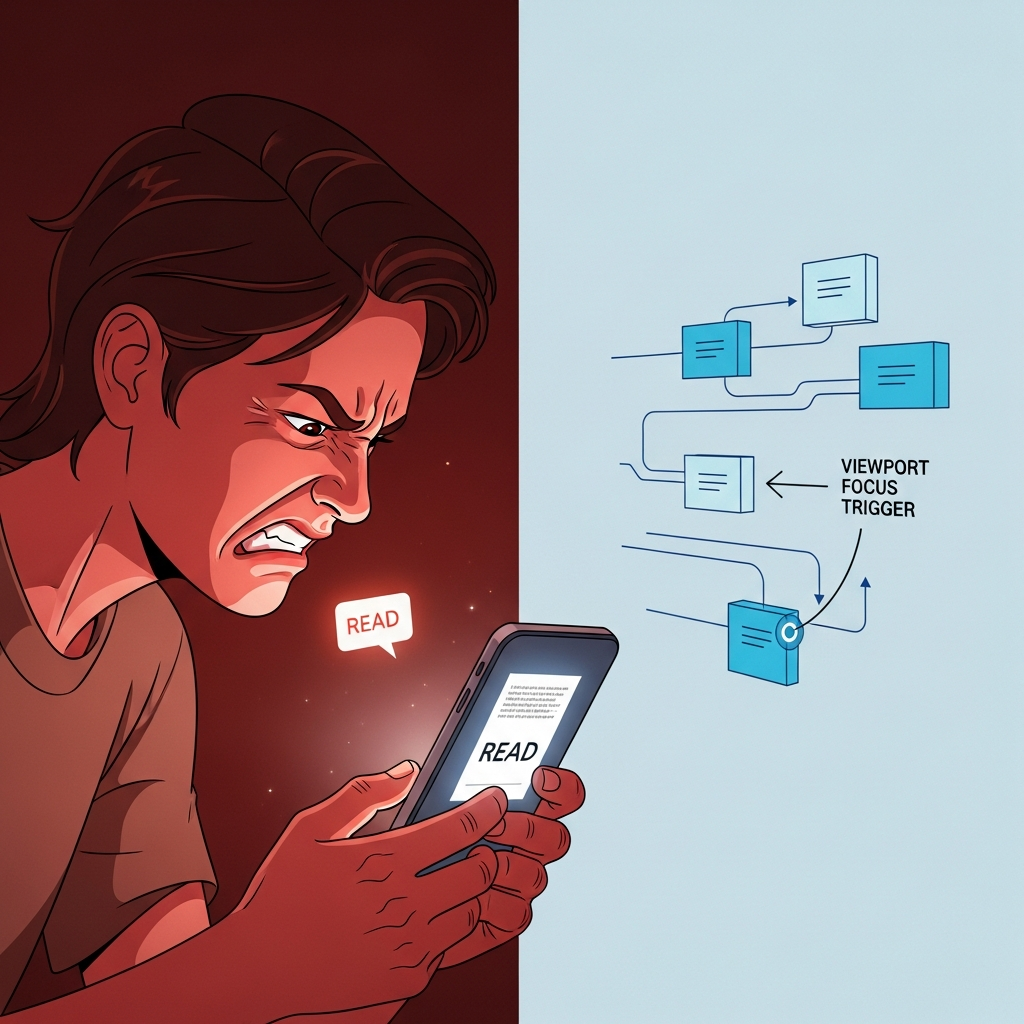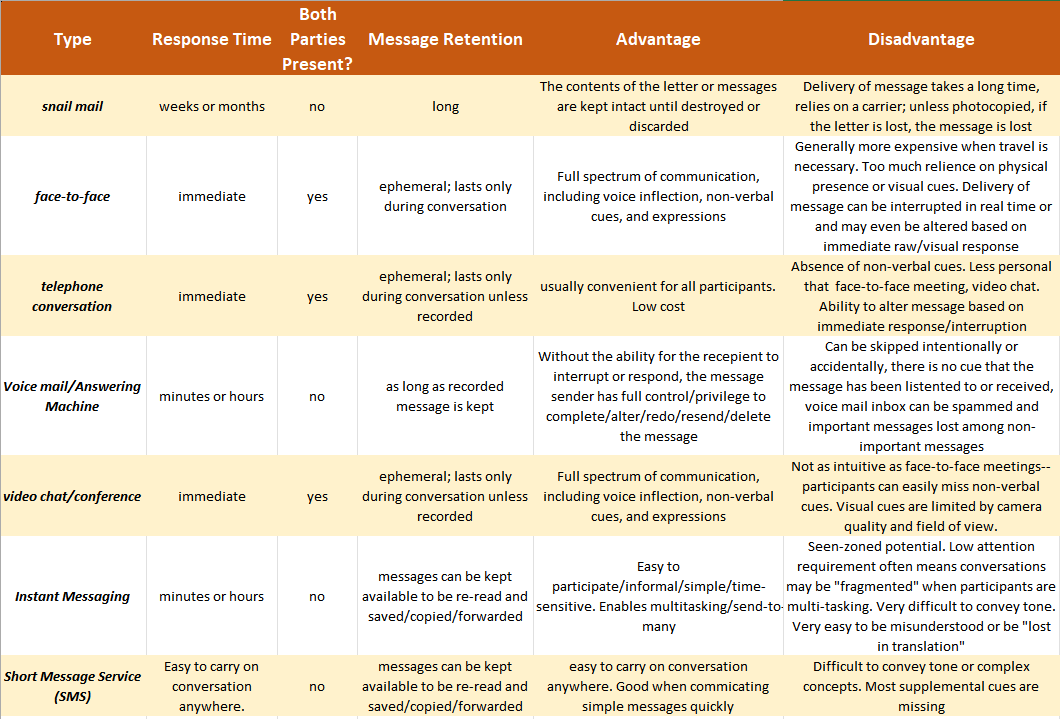The "Seen" Illusion: How Imperfect Tech is Ruining Our Digital Relationships

Have you ever felt that familiar knot tighten in your stomach? You send a thoughtful text, a crucial work question, or a declaration of love. Then, the blue double-check appears, followed by the silent, devastating word: "Seen."
No reply. Just the digital ghost of acknowledgment, immediately triggering the internal narrative: I’ve been seenzoned. I’m being ignored. They don't care.
As a developer, I look at that little "Read" receipt and see something fundamentally flawed. It's not a marker of conscious human acknowledgment; it's a technical signal that, when misunderstood, creates serious social conflict. We are getting mad at other people for a failure that actually lies in the code.
The History of Expectation: Snail Mail vs. Instant Chat
To understand the modern "seenzone" rage, we need to rewind the clock. Historically, communication was defined by the gap between transmission and response, a gap that bred patience and tempered expectations.
Consider Snail Mail. The response time was measured in weeks or months. The primary acknowledgment cue wasn't a "Read" receipt; it was the delivery itself, which relied entirely on the carrier. If the letter was lost, the message was lost. There was no instantaneous pressure; the sender knew they had to wait for the recipient to physically write, seal, and mail a reply.
Similarly, even a Voice Mail (with response times of minutes or hours) offered the sender full control to complete their thought, and the recipient was under no obligation to reply immediately. As noted in one analysis, there was "no cue that the message has been listened to or received." The silence was expected.
Then came Instant Messaging, and everything changed.

The Inaccuracy of the Digital Cue
Instant Messaging’s most significant advantage is its ease and informality. However, it also came with a massive disadvantage that our ancestors never had to contend with: the “Seen-zoned potential.”
We mistakenly believe that because the message was delivered instantly, the human acknowledgment should be instantaneous as well. The "Seen" receipt is designed to bridge this gap, but as a technical implementation, it's dangerously inaccurate.
Here is the developer's truth about what "Seen" often means:
- App Focus, Not Human Focus: In many chat apps, the "Read" flag is triggered as soon as the chat window gains focus. The recipient might have opened the app to check a different thread, mute a notification, or simply switch tabs on their desktop, causing your message to scroll into view and technically register as "Read."
- Viewport Trigger: On mobile devices, the receipt can fire simply when the message frame enters the viewport, even if the person’s eyes are scanning a notification at the top of the screen.
- The Drafting Zone: The recipient might have genuinely read the message and immediately begun crafting a thoughtful, detailed response. But because the reply takes five minutes and the read takes five milliseconds, you are left staring at the "Seen" status, attributing malice to what is actually just effort.
The technical action (a client-side event) is interpreted as a social judgment (a deliberate snub). This discrepancy—a single, simple technical flag causing a complex emotional reaction—is why "seenzoning" causes such frustration.
The Developer’s Solution: Contextual Acknowledgment
If the root of the "seenzone" problem is an inaccurate technical signal, the solution must be a more contextual, human-centric signal. Instead of the binary "Read/Unread," we need a system that communicates intent and availability, not just client-side focus.
I propose a two-tiered acknowledgment system blending activity tracking with privacy-centric biometrics.
Tier 1: Availability Status (The "Away from Keyboard" Fix)
The first step is replacing the misleading "Read" receipt with a clear availability status, using simple heuristics that require zero biometric data:
- Away from Keyboard (AFK): If no mouse movement, keystrokes, or screen taps are registered in the last five minutes, the status defaults to "AFK." This tells the sender, "I am physically elsewhere or deeply focused on something else."
- Active (Present): Simple activity (scrolling, typing in another window) triggers this. This replaces the flawed "Read" receipt and simply tells the sender the person is near the device and could see the message.
Tier 2: Intentional Acknowledgment (The True "Seen")
To truly resolve the dilemma of intentionality, we need the recipient to take deliberate action. This is where non-intrusive biometrics and explicit controls come in:
- The Intentional Acknowledge Button: The application would replace the automatic "Seen" flag with a button labeled "Acknowledge" or "Received." The user must consciously tap or click this button to fire the "Read" receipt to the sender.
- The Biometric Shortcut (Privacy First): For speed, the user could opt-in to trigger the "Acknowledge" state by performing a specific, localized biometric action. For example:
- Fingerprint/Face Scan: Touching the fingerprint scanner or glancing at the device's face scanner for a momentary authentication check on the message itself acts as a high-intent "Acknowledge" button press.
- Ephemeral Data: The crucial privacy safeguard here is that the biometric data (the scan or fingerprint match) never leaves the local device and is never logged or sent to the server. It merely serves as a high-intent trigger for the "Acknowledge" status, which is then sent as a simple timestamp.
This system removes the ambiguity. When a sender sees "Acknowledged," they know the recipient wasn't "seen-zoned" by accident; they saw the message and deliberately acknowledged receipt, shifting the expectation from an immediate response to thoughtful engagement. It’s an honest contract between the sender and the receiver, mediated by better, privacy-respecting code.
A Call for Digital Empathy
Instant Messaging revolutionized conversation, but it has short-circuited our patience. We demand the immediacy of a Face-to-Face conversation (where acknowledgment is immediate and cues are full spectrum) from a medium that often measures human response time in minutes or hours.
The solution isn't to abolish the read receipt (though many of us wish we could), but to reframe our interpretation of it.
The "Seen" receipt is a binary lie. Next time you see it, try to re-read it as: "The app was focused on this thread at some point."
Let’s bring back the patience of the Snail Mail era, even when using modern chat. The goal of communication is a thoughtful response, not instantaneous digital obedience. Give your friends, family, and colleagues the time and grace to reply when they can give your message their actual human focus, not just when their phone registers a viewport scroll.
It’s time to stop letting imperfect code dictate our emotional responses.





